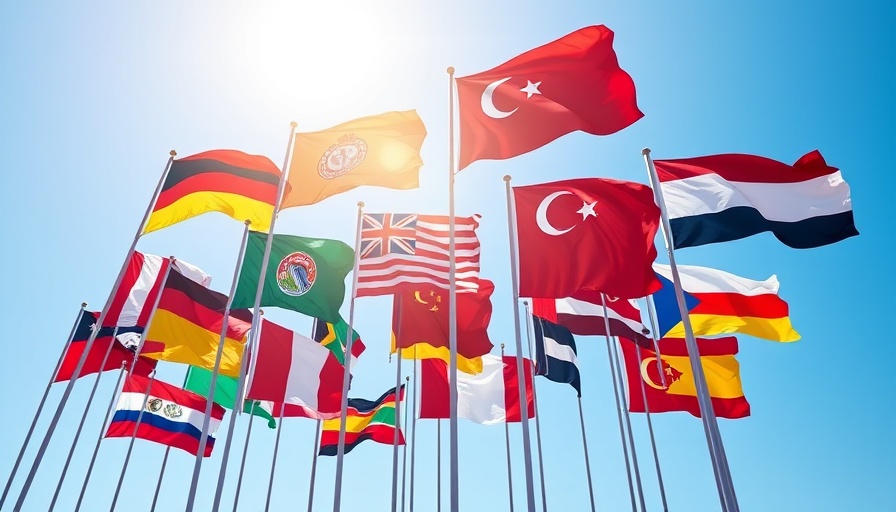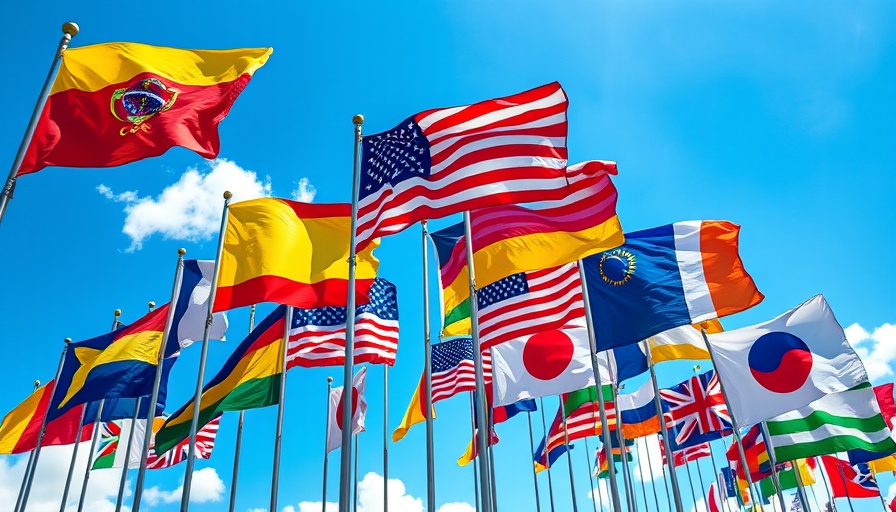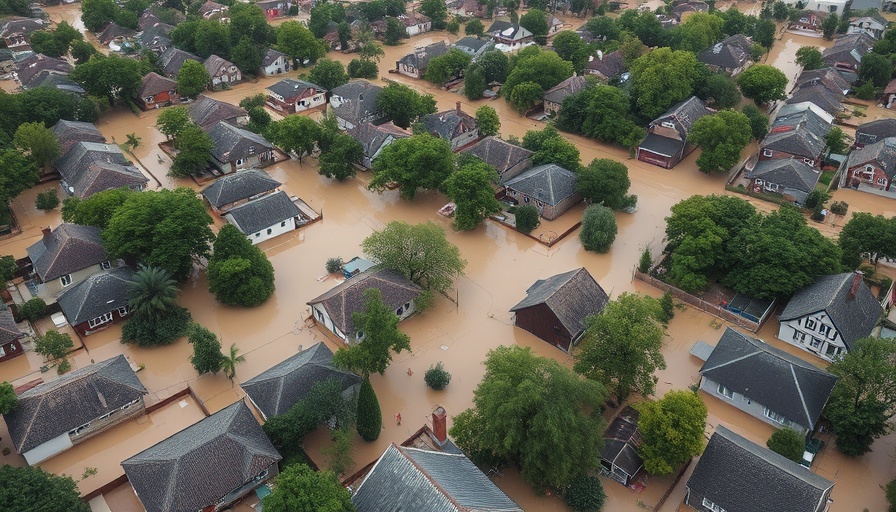
Understanding Recent Global Tariff Changes
As we step further into 2025, the landscape of global trade continues to shift dramatically, most noticeably through the ongoing tariff changes impacting key economies like the U.S., China, India, the EU, and more. Recent developments have revealed both tension and temporary respite as nations negotiate to avoid trade wars, reflecting the critical need for professionals and businesses to stay informed of these constantly evolving tariffs.
Key Developments in Major Countries
Recently, an important development was announced regarding U.S.-China relations. Following last-minute negotiations, the U.S. decided to defer a massive increase in tariffs on Chinese imports. Initially set to rise from 30% to an astonishing 145%, this hike has been postponed until November 10, providing temporary relief to suppliers and consumers alike. In turn, China has also paused its planned tariff increases for a similar duration, signaling a willingness to engage in constructive dialogue. Such cooperation is crucial as both economies are intertwined and have significant impacts on global markets.
Impacts on Other Nations
In contrast, nations like India and Brazil are facing tighter constraints, implementing a 50% tariff on various imports. This high rate is a response to domestic economic pressures and aims to protect local industries. Meanwhile, the European Union and Japan have successfully reached agreements with the U.S. to lessen their tariffs and bolster investments in U.S. industries, reflecting a cooperative spirit that seems to contrast with the escalating tensions elsewhere.
The Ripple Effect on Global Trade
These tariff adjustments are not isolated events; they have a ripple effect across the global economy, impacting supply chains and pricing structures worldwide. Trade professionals must navigate this complex web of tariffs as they set their strategies for import and export. The fluctuating tariff rates also foster a climate of unpredictability, making it essential for businesses to develop flexible approaches.
Future Insights on Tariff Negotiations
Looking ahead, analysts predict that as we approach the holiday season, countries will be motivated to reach agreements that secure trade flow and maintain economic stability. Businesses with adaptive strategies will be better equipped to handle uncertainties, allowing for more effective long-term planning.
Conclusion: Staying Informed on Tariff Changes
In light of these evolving trade dynamics, it’s more important than ever for businesses to remain engaged with current global tariff changes. They hold significant implications for pricing, sourcing, and overall competitiveness in the market. By staying informed and adaptable, businesses can better navigate these complexities and capitalize on new opportunities for growth.
 Add Row
Add Row  Add
Add 

 Add Row
Add Row  Add
Add 



Write A Comment